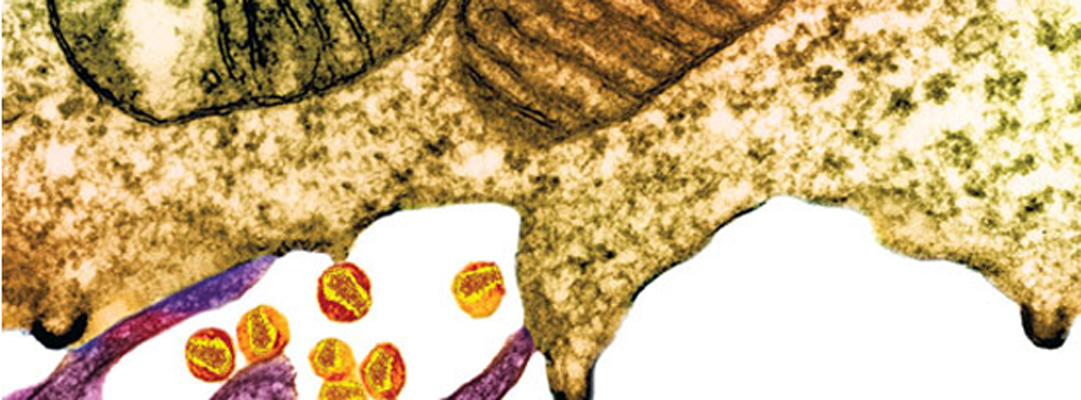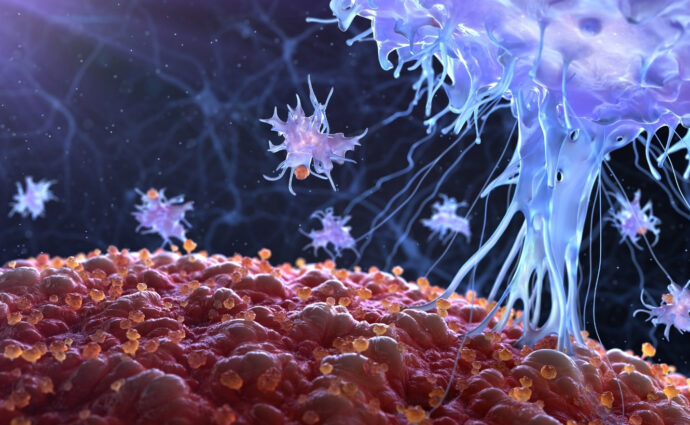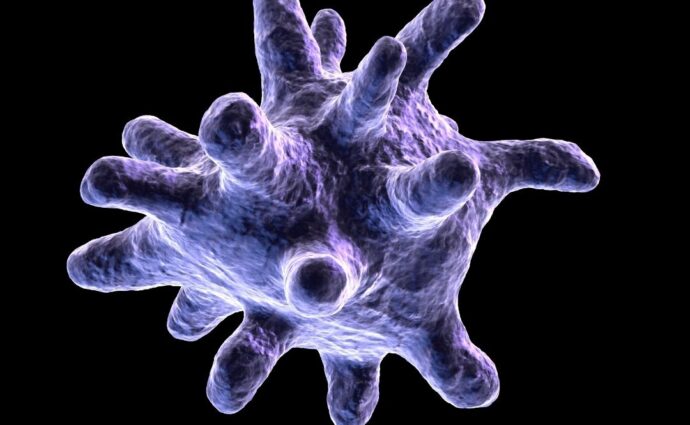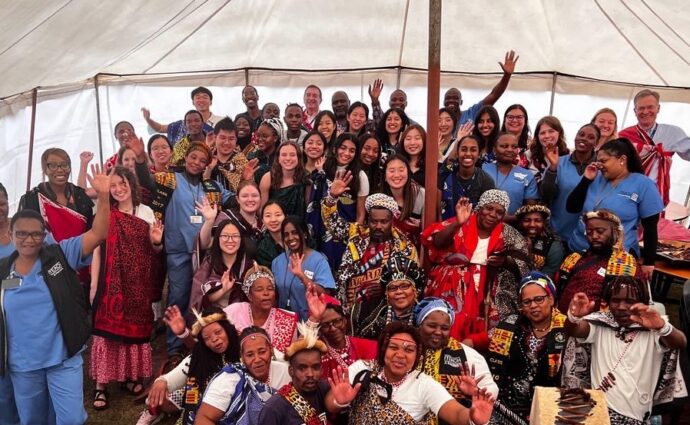Date: December 27, 2011 By:

“An HIV vaccine has remained elusive for decades, in part because just when researchers think they have it pinned down, the wily virus mutates and slips away. As MIT immunologist Arup Chakraborty observes, HIV is so protean that a single infected person can have as many strains of the virus in his body as there are annual strains of flu in the entire world. But now Chakraborty and Harvard Medical School’s Bruce Walker may be closing in on the virus’s undoing.
Chakraborty looked beyond the constantly changing individual proteins in the virus, and instead focused on identifying groups of proteins that weren’t mutating as much. It was there, he reasoned, that you would find HIV’s basic structures. Attack one of those structures at various points, and the virus would actually harm itself when it mutated. Chakraborty identified one of these “polyproteins” through computational analysis, which Walker then confirmed by testing a group of long-standing HIV patients. They published their findings in June, and animal trials will begin in a few months.
Chakraborty began work on HIV just three years ago, after he joined Walker — who has studied the virus since the ’80s — on a visit to South Africa’s AIDS-ravaged KwaZulu-Natal province. The pair now work collaboratively through the Ragon Institute, a consortium formed by MIT, Harvard, and Mass General. Producing a vaccine is not only urgently needed, but it may be the only viable solution, says Chakraborty. “Monitoring and treatment through therapy is difficult in the sub-Saharan region, where you might have one clinic and five nurses for half a million people.” — Matthew Reed Baker, Boston Globe
Photograph by David Phillips/Visuals Unlimited

Their findings, to be published in Cell next month, reveal how the virus manipulates immune system processes to avoid destruction by natural killer (NK) cells, a type of white blood cell that is crucial for fighting viral infections.

The lab of the Ragon Institute faculty member Hernandez Moura Silva, PhD, recently published a review in Science Immunology regarding resident tissue macrophages (RTMs), shedding light on their multifaceted roles in organ health.

After three years off due to the COVID-19 pandemic, the Ragon-MIT course HST.434 returned this January to provide 24 students a once in a lifetime learning experience